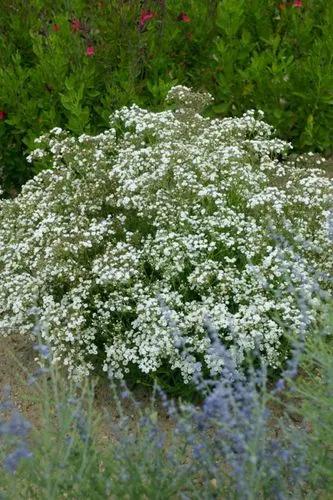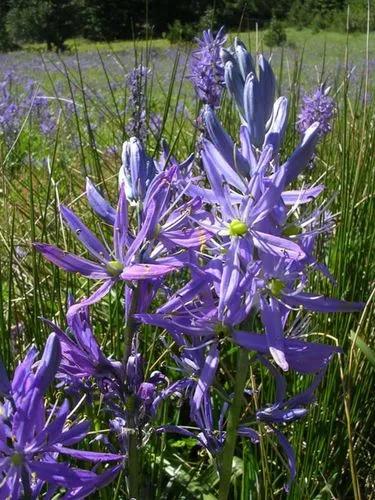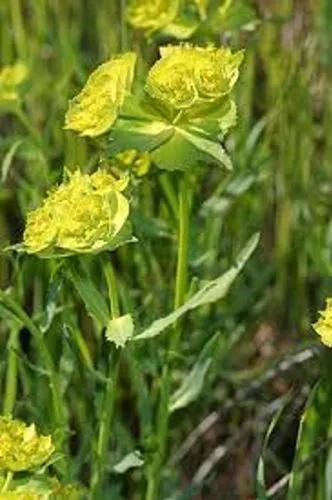The peach (Prunus persica) is a deciduous tree native to the region of Northwest China between the Tarim Basin and the north slopes of the Kunlun Mountains, where it was first domesticated and cultivated. It bears edible juicy fruits with various characteristics, most called peaches and others (the glossy-skinned varieties), nectarines. The seed can contain high levels of hydrogen cyanide, a poison that gives almonds their characteristic flavour. This toxin is readily detected by its bitter taste. Usually present in too small a quantity to do any harm, any very bitter seed or fruit should not be eaten[65]. In small quantities, hydrogen cyanide has been shown to stimulate respiration and improve digestion, it is also claimed to be of benefit in the treatment of cancer. In excess, however, it can cause respiratory failure and even death.
Nectarine Tree Care
Prunus Persica Var. Nucipersica



The seed can contain high levels of hydrogen cyanide, a poison that gives almonds their characteristic flavour. This toxin is readily detected by its bitter taste. Usually present in too small a quantity to do any harm, any very bitter seed or fruit should not be eaten[65]. In small quantities, hydrogen cyanide has been shown to stimulate respiration and improve digestion, it is also claimed to be of benefit in the treatment of cancer. In excess, however, it can cause respiratory failure and even death.
How to Care for the Plant

Water

Give your tree enough water to soak the ground all around the roots. It's important to note that even if you're in the midst of a brown-lawn drought, you don't want to water too much. Once every 10 days or two weeks is plenty. Worse than dry, thirsty roots is waterlogged, drowning roots.

Pruning

It may seem strange removing healthy branches from a thick, bushy peach tree, but proper pruning is vital for managing the fruit size and ensuring enough light is received on fruit-bearing branches.
When pruning a peach tree, the finished look of the branches should have a herringbone pattern with an open center, like a vase. Perform pruning in July, removing upright shoots that shade fruiting branches in the tree's interior. The amount of light that you allow to reach these fruiting branches following pruning is important for the development of next season's flower buds.

Fertilizer

Apply a balanced 10-10-10 fertilizer around your peach trees each spring. Use a pound for new trees, and add a pound each year, up to 10 pounds for standard mature peaches.

Sunlight

Peach trees need full sun. Those grown in shade lose their vigor, making them susceptible to pest and disease problems.

Soil

Peach trees need good drainage, and like their soil on the sandy side. Adding an organic mulch like leaf mold or compost helps suppress weeds and keeps the soil healthy and slightly acidic.

Temperature

Nectarine trees grow best in USDA hardiness zones five through nine, and they thrive in climates with hot summers. In order to grow effectively, most nectarine varieties also require a cold dormancy period with winter temperatures below 45 degrees Fahrenheit.

Container

When growing nectarines in containers, you have to accept that your tree won't get to be as big as it would if it were planted in the ground, especially if you're planning on moving the tree with the coming and going of winter. The ideal maximum size for a container is between 15 and 20 gallons (57 and 77 L.).

Additional

Excessive consumption may cause breathing difficulties, vomiting, excessive salivation, incontinence, confusion, or shock. Nectarines are closely related to the peach, and sometimes are grown on peach trees or vice versa. Nectarines have smooth skin, and yellow, red or white flesh colour. The nectarine is a high source of vitamins A and C. Nectarine trees are grown in warm temperature areas.

Popularity

212 people already have this plant 32 people have added this plant to their wishlists
Discover more plants with the list below
Popular articles






